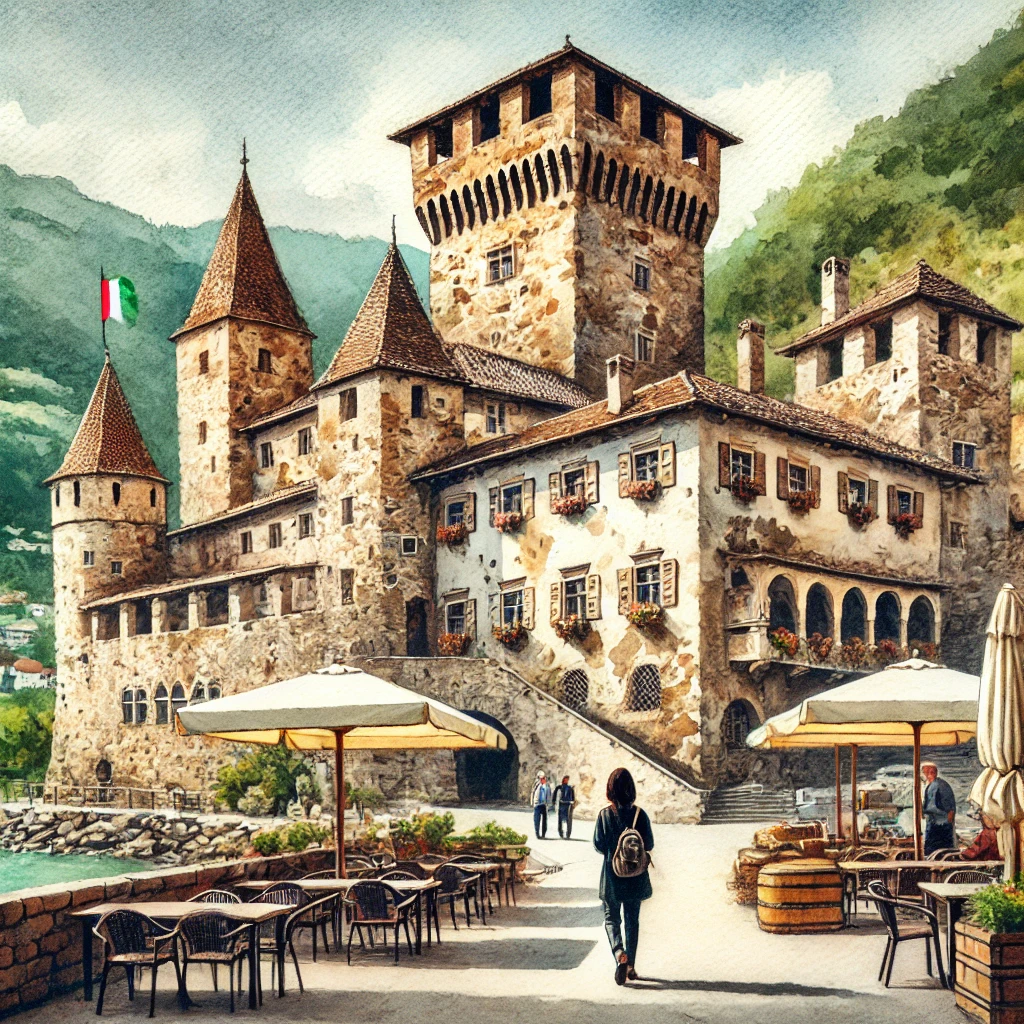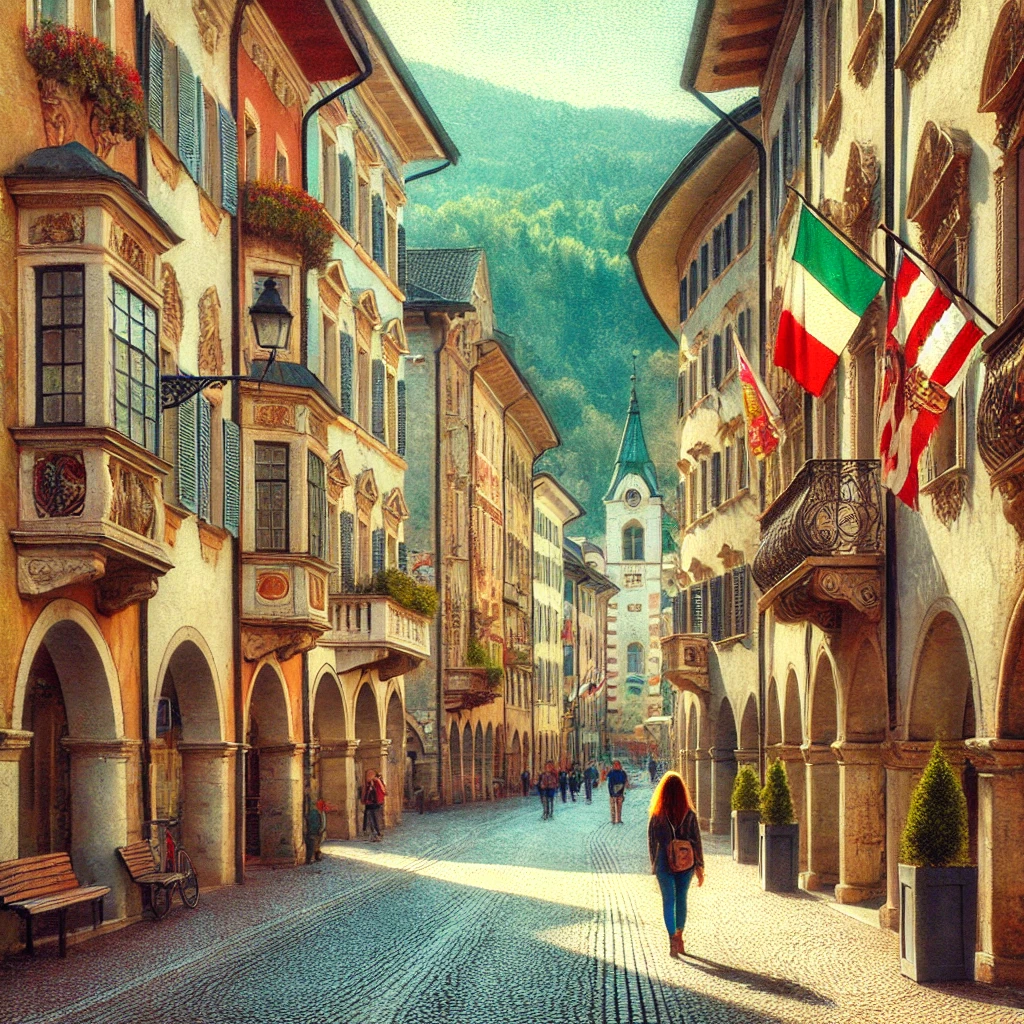ChatGPT:
Bolzano, located in the northern Italian region of South Tyrol, is a picturesque city renowned for its stunning alpine scenery and rich cultural heritage. It sits at the confluence of several valleys, surrounded by the Dolomite mountains, making it a popular destination for outdoor enthusiasts, especially hikers and skiers.
Bolzano has a unique cultural blend, reflecting its history at the crossroads of Italian and Germanic influences. The city is officially bilingual, with both Italian and German widely spoken. This is evident in the architecture, cuisine, and local customs.
The climate in Bolzano is characterized by hot summers and cold, snowy winters, making it an attractive year-round destination for both cultural and outdoor activities.
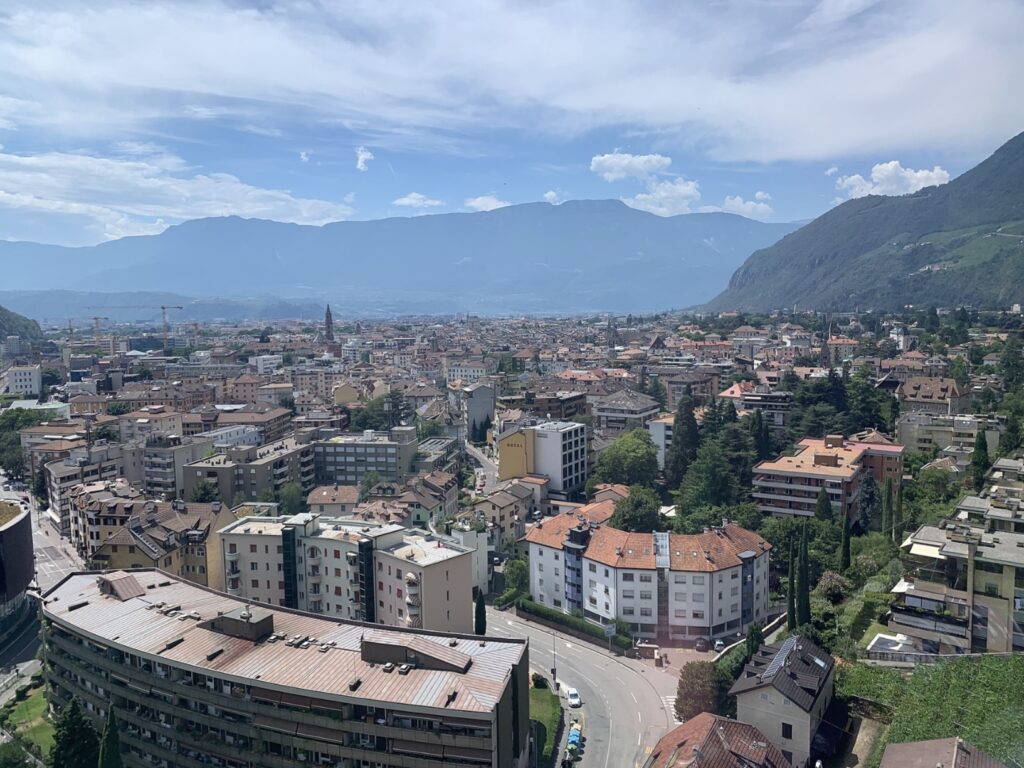
The origin and development of Bolzano, Italy, are deeply intertwined with its strategic location in the Alps, which has made it a significant crossroads for trade and cultural exchange over centuries.
Origin and Early History
- Ancient Times: The area around Bolzano was originally settled by Rhaetian tribes. Evidence of human settlement in the region dates back to prehistoric times, with archaeological finds indicating activity during the Bronze and Iron Ages.
- Roman Era: Bolzano became more prominent during the Roman period, serving as a crucial point along the Roman road network. The establishment of military outposts and settlements facilitated trade and movement through the Alpine passes.
Medieval Development
- Founding of the City: Bolzano was formally founded as a market town in the late 12th century by the bishops of Trento. Its establishment as a market town was a strategic move to control and benefit from the trade routes passing through the region.
- Growth and Prosperity: Throughout the Middle Ages, Bolzano grew in importance due to its strategic position on the trade routes between Italy and the German-speaking lands to the north. The town’s markets attracted merchants from various regions, fostering economic growth and cultural exchange.
Renaissance to Early Modern Period
- Habsburg Influence: In the early 16th century, Bolzano came under the influence of the Habsburgs, who ruled over the Holy Roman Empire. This period saw increased Germanic influence in the region’s culture, language, and architecture.
- Economic Development: Bolzano continued to prosper as a trading hub, with the establishment of fairs and markets that drew merchants from across Europe. The town became known for its production of high-quality textiles and other goods.
19th and 20th Centuries
- Austrian Rule: Following the Napoleonic Wars, Bolzano became part of the Austrian Empire. It remained under Austrian control until the end of World War I, when South Tyrol, including Bolzano, was annexed by Italy as part of the Treaty of Saint-Germain-en-Laye in 1919.
- Italianization: Under Italian rule, efforts were made to Italianize the region, including the promotion of the Italian language and culture. This period also saw significant migration of Italians to the area, altering the demographic balance.
- World War II and Aftermath: Bolzano was heavily affected by World War II, with the establishment of a Nazi transit camp in the city. After the war, South Tyrol was granted a degree of autonomy, allowing for the preservation of the German language and culture alongside Italian.
Modern Development
- Autonomy and Bilingualism: Today, Bolzano is the capital of the autonomous province of South Tyrol, which enjoys significant self-governance. The city is officially bilingual, with both Italian and German being widely spoken and used in public life.
- Economic and Cultural Hub: Bolzano has developed into a vibrant economic and cultural center. It is known for its high quality of life, strong economy, and rich cultural scene, which includes museums, theaters, and festivals. The city is also a gateway to the surrounding Dolomites, attracting tourists and outdoor enthusiasts year-round.
- Sustainability and Innovation: In recent years, Bolzano has been recognized for its efforts in sustainability and innovation, with initiatives aimed at promoting renewable energy, green transportation, and environmental conservation.
The historical layers of Bolzano, from its ancient roots to its modern developments, reflect a city that has continuously adapted and thrived at the crossroads of different cultures and influences.
Bolzano, one of the most striking differences is its bilingualism. Both Italian and German are official languages, reflecting the region’s Austro-Hungarian heritage and its transition to Italian governance after World War I. This duality permeates daily life, from street signs and education to media and government services, creating a multicultural environment not typically found in other parts of Italy.
Architecturally, Bolzano showcases a blend of Italian Renaissance and Tyrolean styles. Medieval castles, Gothic churches, and Austro-Hungarian buildings are common, contrasting with the predominantly Renaissance and Baroque architecture found in central and southern Italy. The city’s layout and urban design also bear the marks of its northern European influence, with pedestrian-friendly streets and well-preserved historical districts.
Culinary traditions in Bolzano further highlight its cultural divergence. Local cuisine is a fusion of Mediterranean and Alpine flavors, featuring dishes like speck (smoked ham), knödel (dumplings), and strudel alongside Italian staples such as pasta and risotto. This gastronomic blend offers a unique dining experience distinct from the typical Italian fare of pizza, pasta, and seafood.
Bolzano’s festivals and cultural events also reflect its dual heritage. The city hosts Germanic-inspired events like the Christmas Market and Fasching (carnival), alongside Italian celebrations. These festivals underscore the region’s ability to honor both cultural traditions simultaneously.
Additionally, Bolzano’s climate and lifestyle differ significantly from the rest of Italy. Nestled in the Alps, it experiences colder winters and milder summers, fostering a culture of outdoor activities like skiing, hiking, and mountaineering, which contrasts with the beach-centric lifestyle of coastal Italy.
Overall, Bolzano’s rich tapestry of languages, architectural styles, culinary traditions, and festivals underscore its distinct identity within Italy, shaped by its unique historical and geographical context.
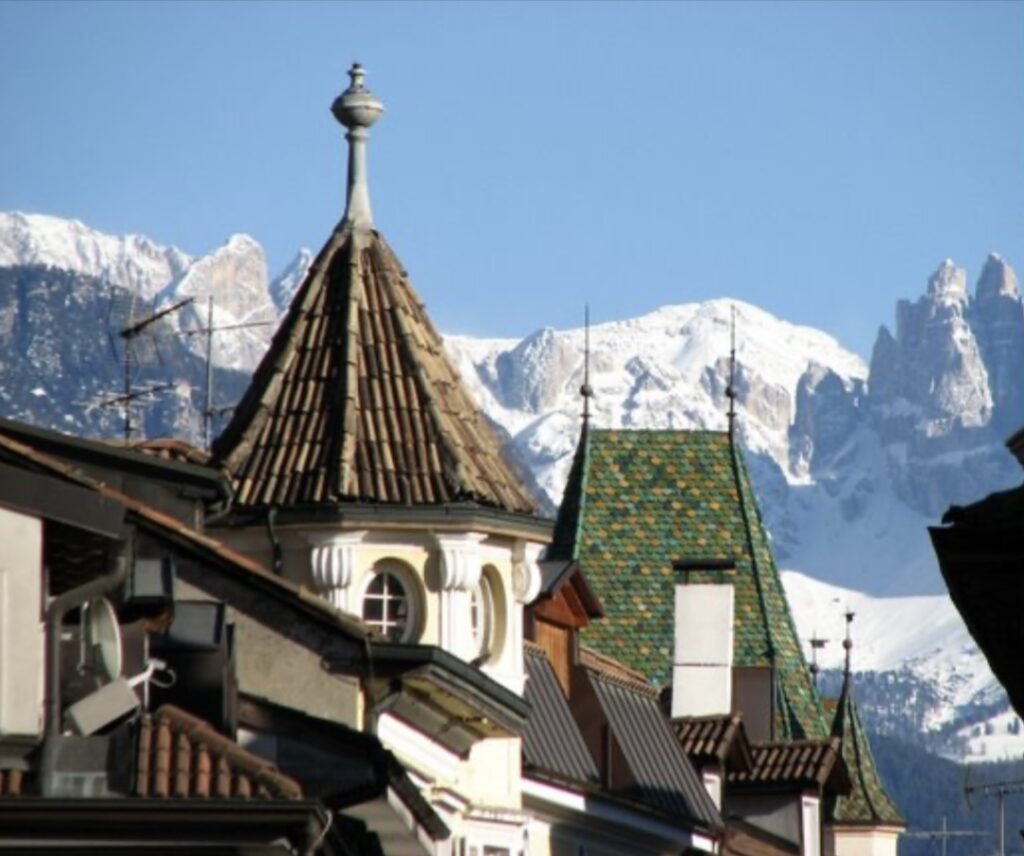
Bolzano boasts a rich array of historical monuments and tourist attractions that reflect its unique cultural heritage and stunning natural surroundings. Here are some of the key sites:
Historical Monuments
- Bolzano Cathedral (Duomo di Bolzano): A beautiful Gothic-style cathedral featuring intricate frescoes and a distinctive bell tower.
- Runkelstein Castle (Schloss Runkelstein): A well-preserved medieval castle known for its extensive frescoes depicting scenes of medieval life and legend.
- Maretsch Castle (Schloss Maretsch): Another medieval castle situated near the city center, offering picturesque views and hosting various cultural events.
- Walther Square (Piazza Walther): The main square of Bolzano, named after the medieval poet Walther von der Vogelweide, surrounded by charming cafes and restaurants.
- Dominican Church (Chiesa dei Domenicani): A Gothic church with remarkable frescoes, including the Chapel of St. John, which is considered a masterpiece of Gothic art.
- Franciscan Monastery and Church (Chiesa dei Francescani): Featuring a peaceful cloister and impressive frescoes, this monastery is a serene spot in the city.
Museums
- South Tyrol Museum of Archaeology: Home to Ötzi the Iceman, this museum offers fascinating insights into the life and times of this well-preserved natural mummy from the Copper Age.
- Museion: Bolzano’s museum of modern and contemporary art, showcasing a diverse range of works from international and local artists.
- Mercantile Museum (Museo Mercantile): Located in the historic Mercantile Palace, this museum highlights Bolzano’s rich trading history.
- Natural Science Museum of South Tyrol: Offering exhibits on the region’s natural history, geology, and biodiversity.
Cultural and Natural Attractions
- Talferwiesen (Prati del Talvera): A large park along the Talvera River, ideal for leisurely walks, picnics, and outdoor activities.
- Bolzano Christmas Market: Held annually in Walther Square, this market is one of the most famous in Italy, featuring festive stalls, local crafts, and seasonal treats.
- South Tyrol Jazz Festival: An annual event attracting jazz enthusiasts from around the world, held in various locations throughout the city.
- Messner Mountain Museum (Firmian): Founded by renowned mountaineer Reinhold Messner, this museum is located in Sigmundskron Castle and focuses on the history and culture of mountaineering.
Scenic and Outdoor Attractions
- Renon Cable Car (Funivia del Renon): Offering breathtaking views of Bolzano and the surrounding Dolomites, this cable car connects the city to the Renon plateau.
- San Genesio Atesino (Jenesien): A picturesque village above Bolzano, known for its hiking trails and panoramic views of the Dolomites.
- Caldaro Lake (Lago di Caldaro): A beautiful lake located south of Bolzano, popular for swimming, sailing, and picnicking.
- Dolomites: The majestic mountain range surrounding Bolzano, offering endless opportunities for hiking, skiing, and mountaineering.
These attractions highlight the rich historical, cultural, and natural diversity that makes Bolzano a captivating destination for visitors.
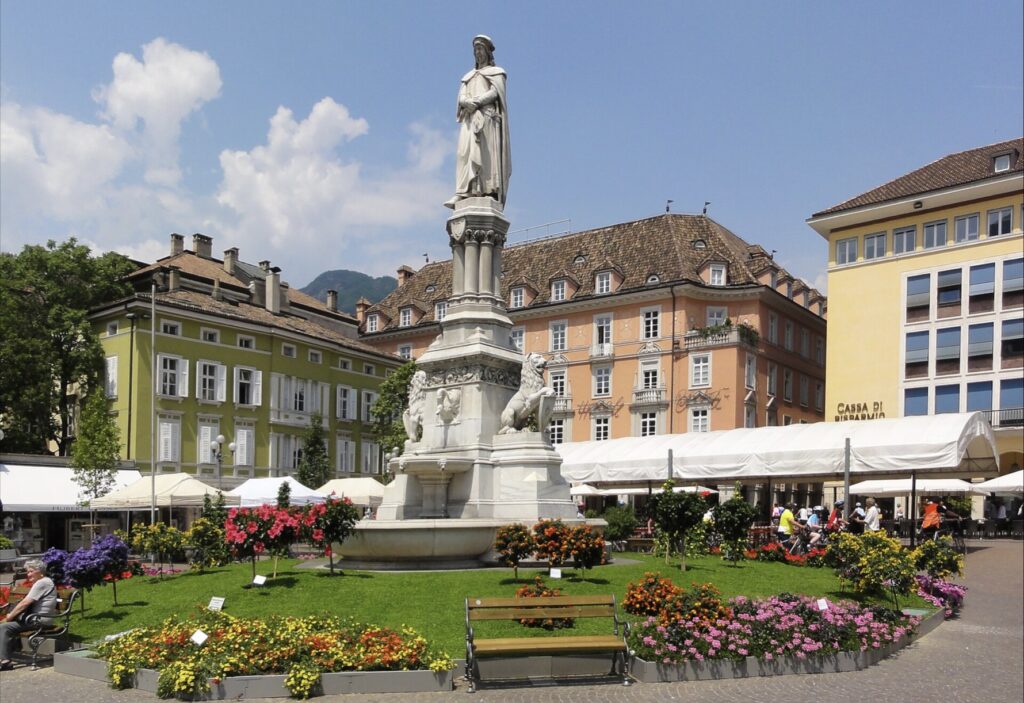
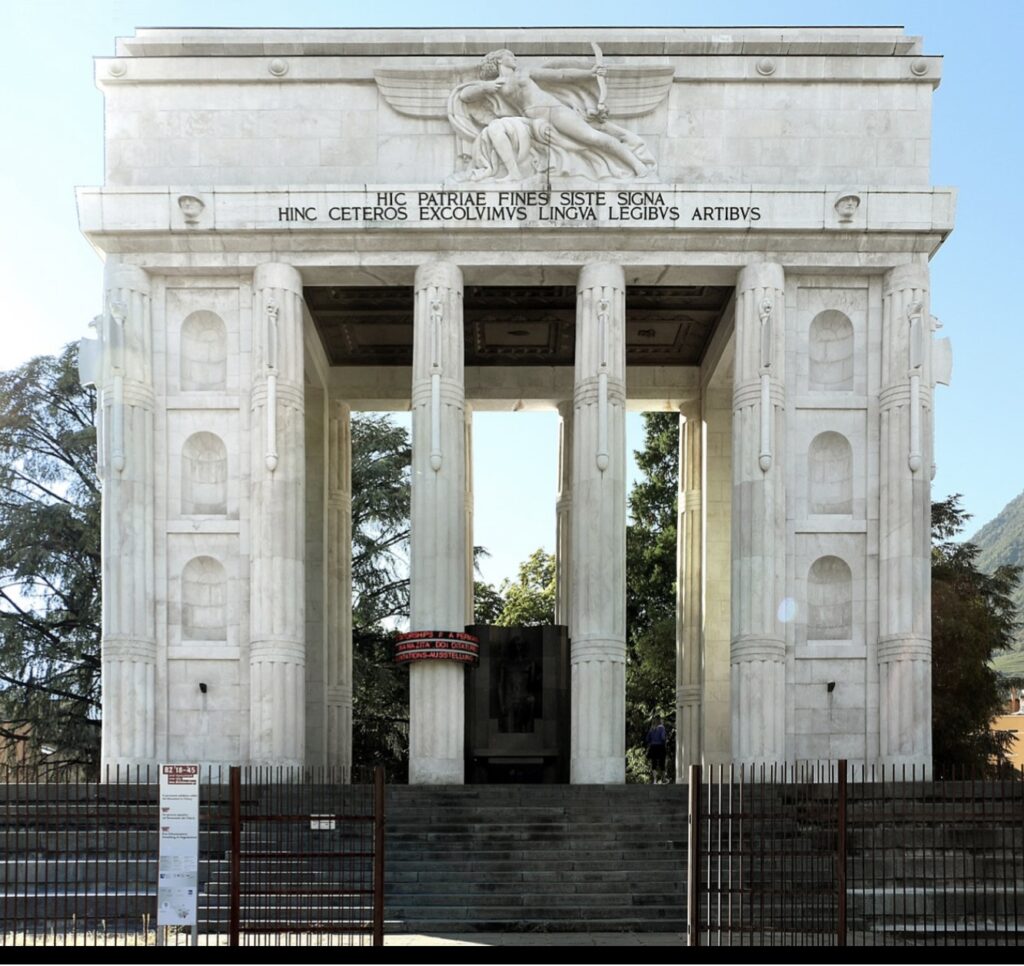
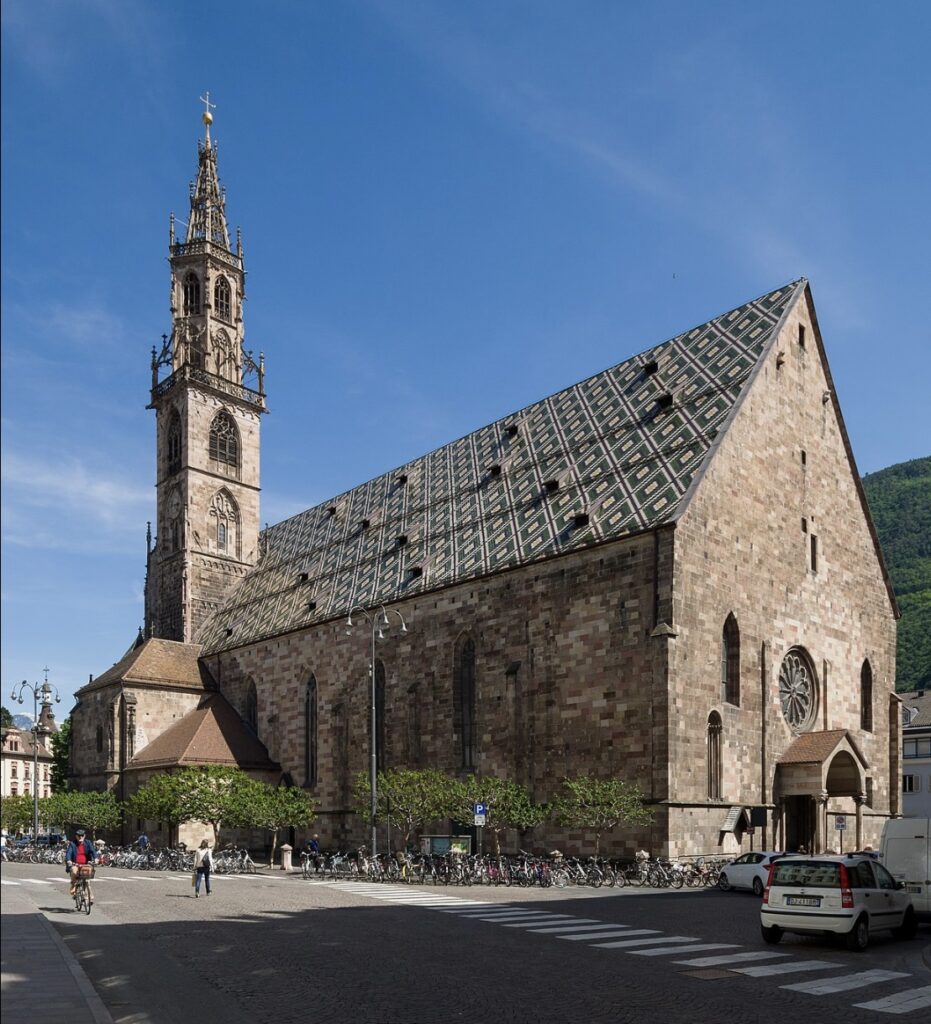
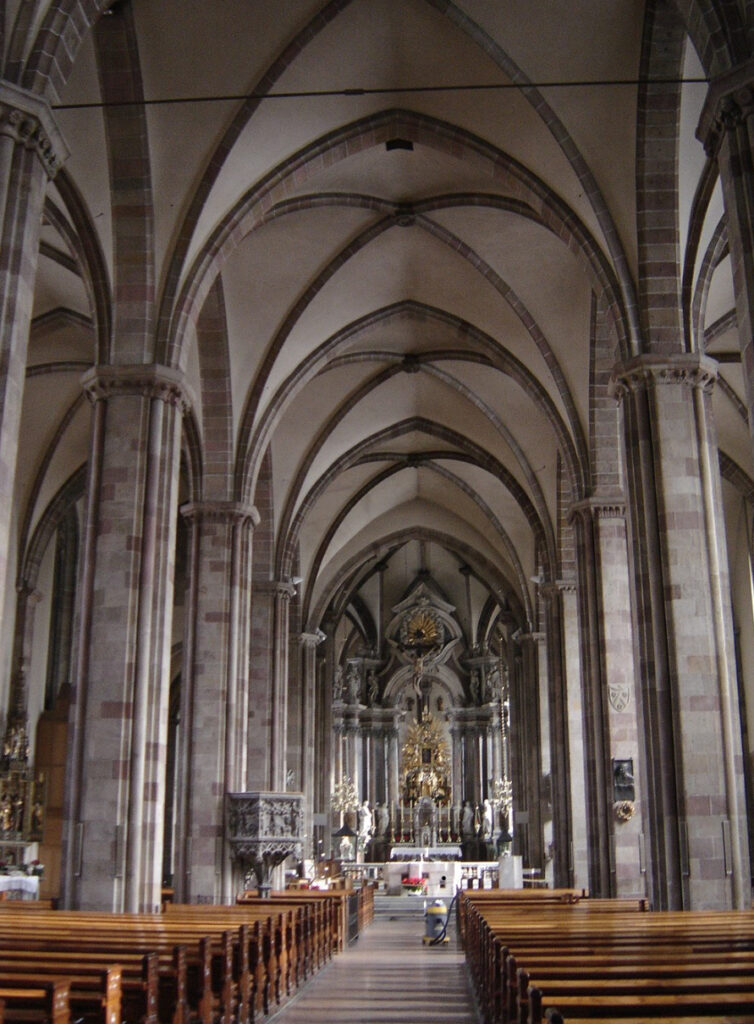
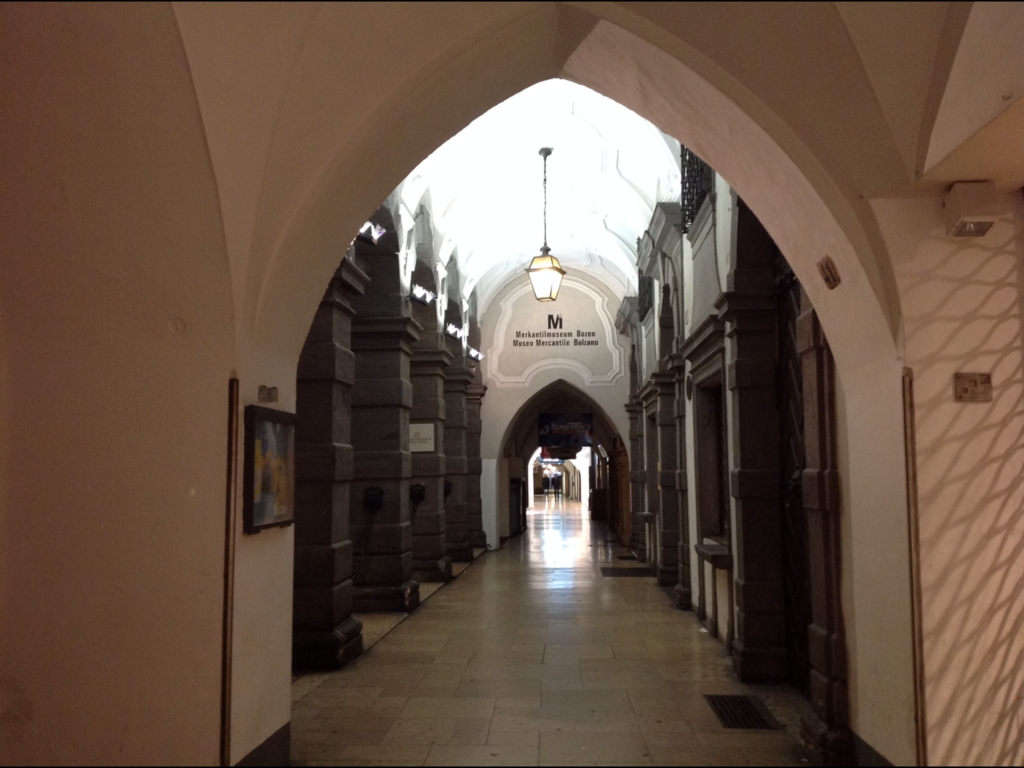
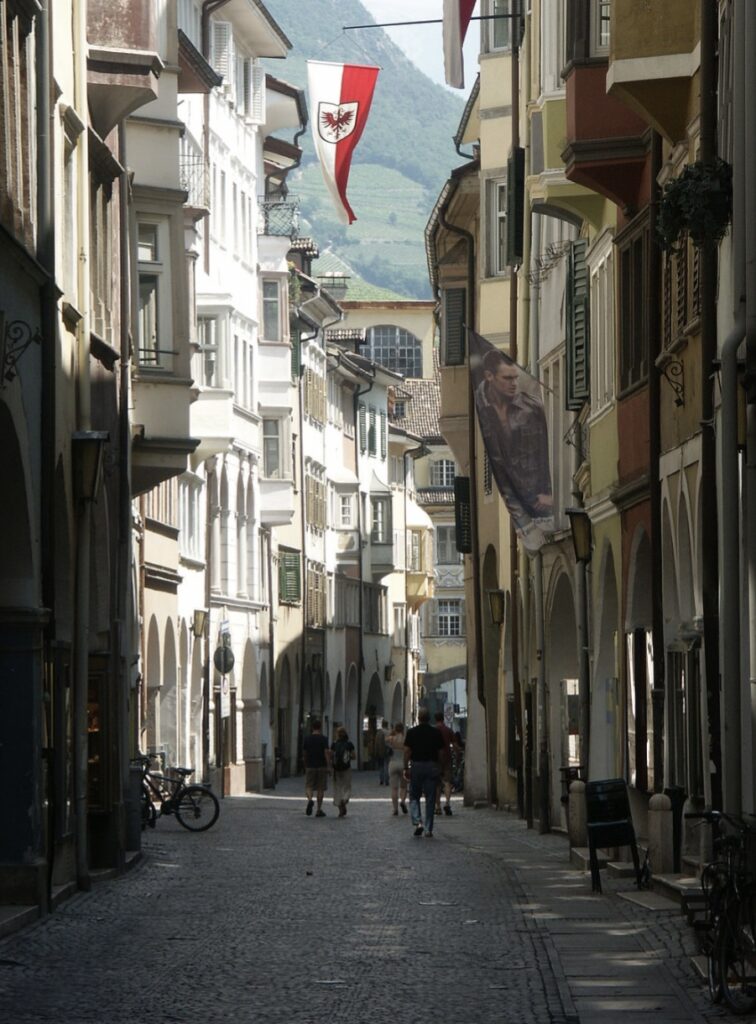
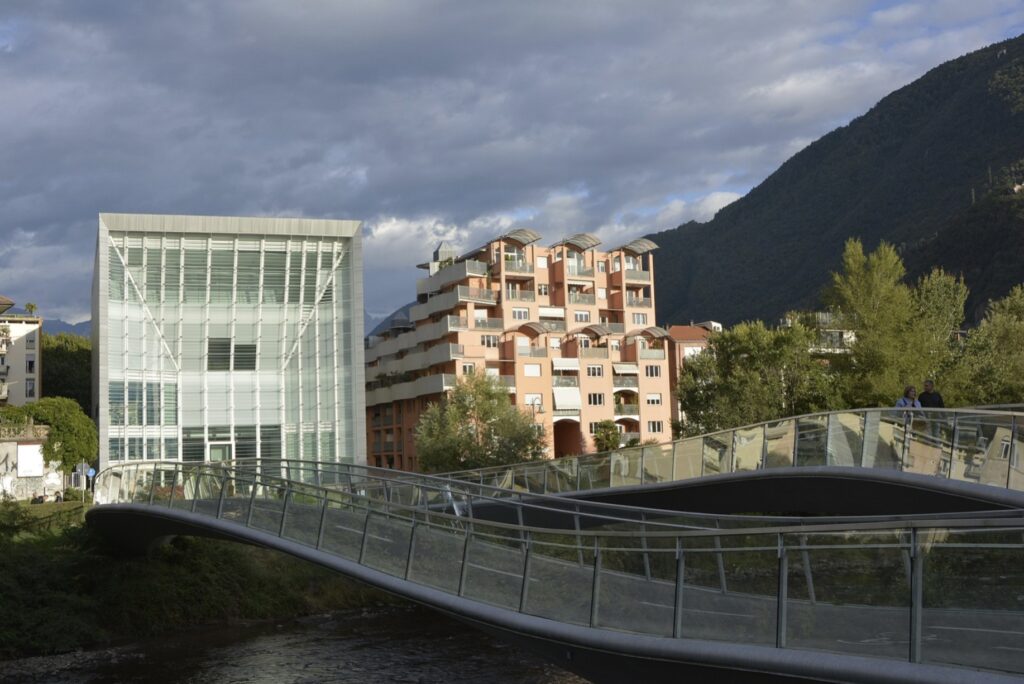
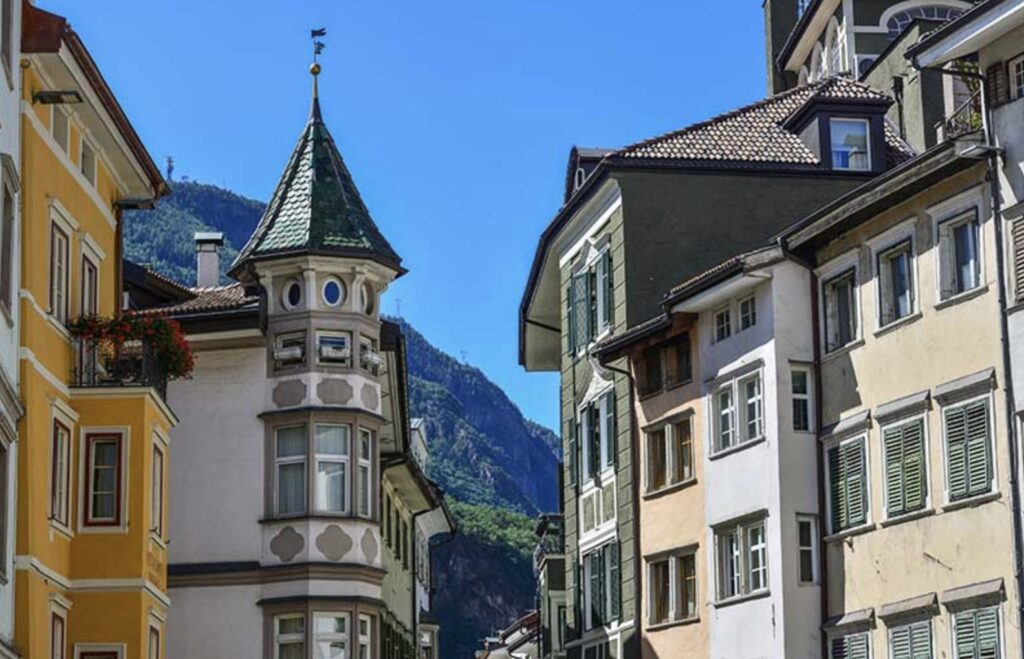
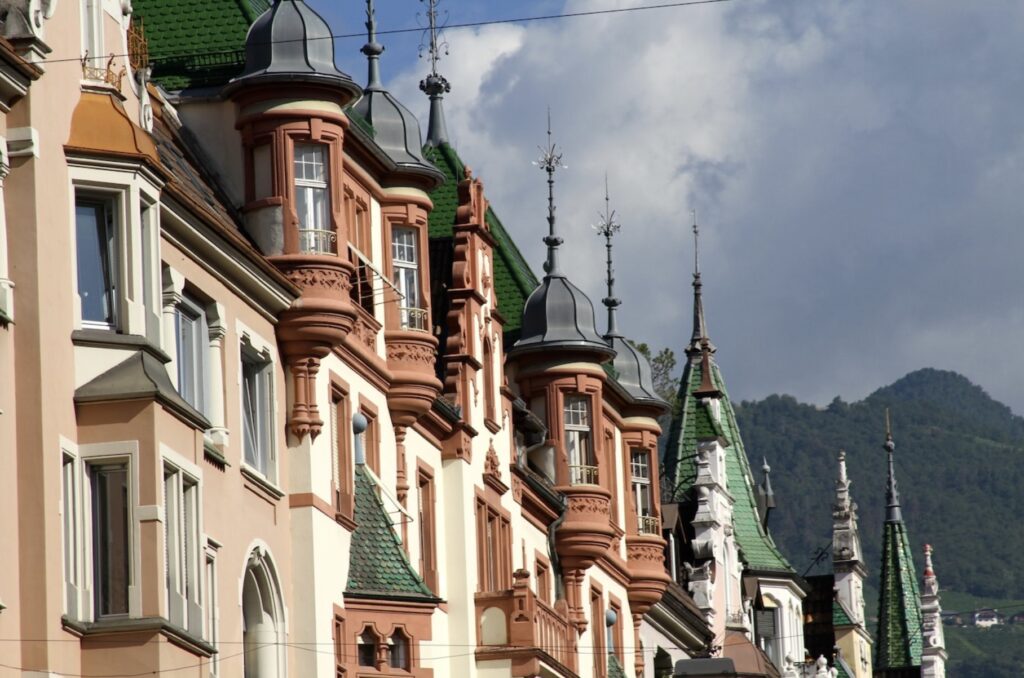
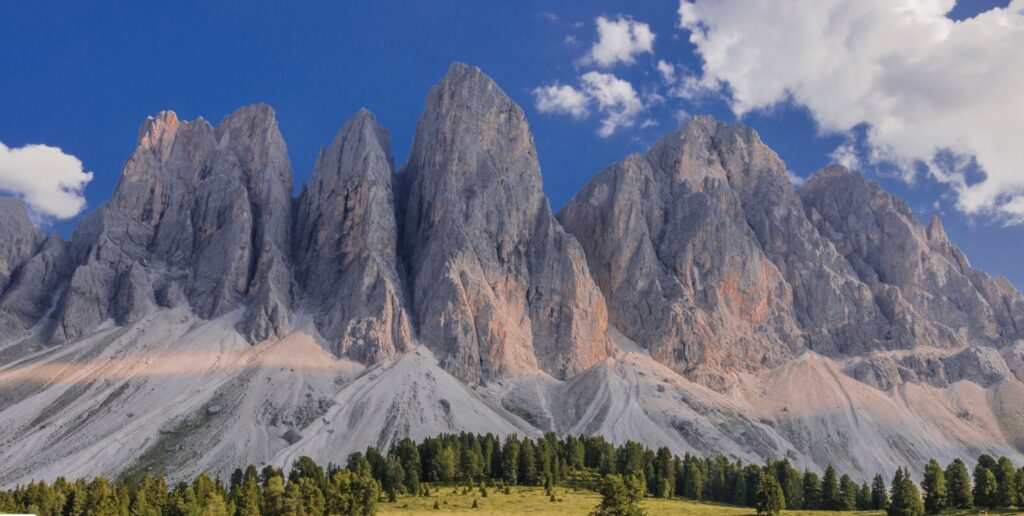
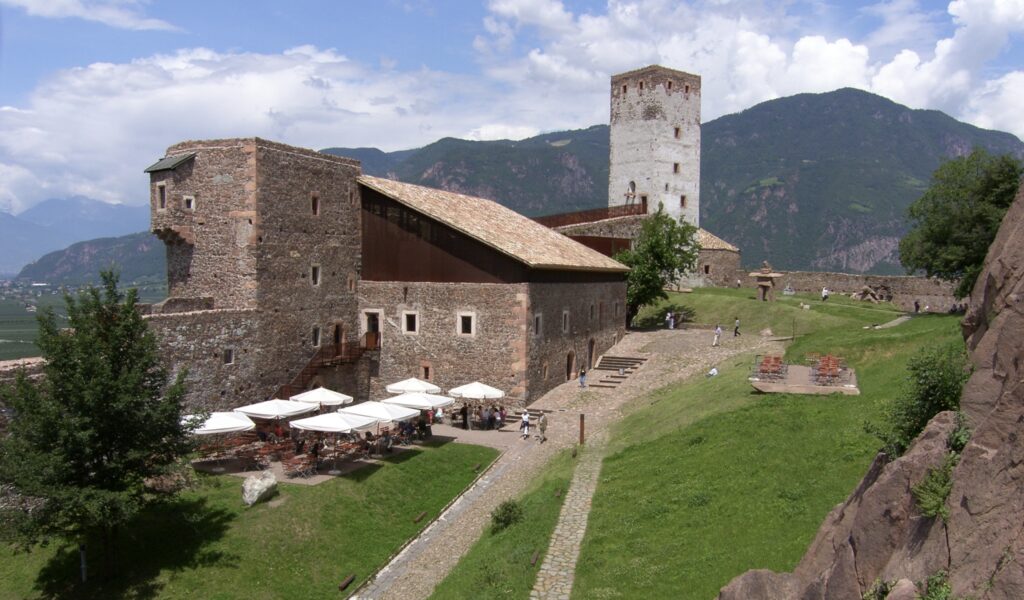
The discovery of Ötzi, also known as the Iceman, is one of the most significant archaeological finds of the 20th century. Here is a detailed account of how he was discovered and the subsequent research that followed:
Discovery
- Date and Location: Ötzi was discovered on September 19, 1991, by German hikers Helmut and Erika Simon. The discovery site is in the Ötztal Alps, on the border between Austria and Italy, at an altitude of 3,210 meters (10,530 feet).
- Initial Find: The Simons initially thought they had found the body of a modern mountaineer who had died recently. The body was partially protruding from the ice and was well-preserved due to the cold conditions.
Recovery
- Excavation: The recovery of the body was challenging due to the high altitude, harsh weather, and the ice-embedded state of the remains. It took several days and multiple teams, including archaeologists and mountaineers, to extract the body and artifacts.
- Initial Analysis: Once the body was recovered, initial examinations revealed that it was much older than initially thought. Radiocarbon dating conducted soon after confirmed that the body was around 5,300 years old, dating back to the Copper Age.
Significance and Research
- Preservation: Ötzi is one of the oldest and best-preserved natural mummies ever found. His excellent state of preservation allowed for detailed studies of his body, clothing, and tools.
- Findings: Alongside Ötzi, various artifacts were discovered, including a copper axe, a flint knife, a quiver of arrows, and pieces of clothing made from animal hides and grasses. These items provided valuable insights into the technology and lifestyle of Copper Age people.
- Scientific Studies: Ötzi has been extensively studied using modern scientific techniques. Research on his DNA, isotopic analysis of his bones, and examination of his stomach contents have provided information about his diet, health, and origins. It was found that Ötzi had suffered from several health issues, including arthritis and lactose intolerance, and had a last meal consisting of ibex meat and grains.
- Cause of Death: Studies revealed that Ötzi had died a violent death. An arrowhead was found lodged in his left shoulder, and he had various other injuries, indicating that he may have been involved in a conflict or ambush.
Public Display
- South Tyrol Museum of Archaeology: Ötzi is now housed in the South Tyrol Museum of Archaeology in Bolzano, Italy. The museum features an extensive exhibit on Ötzi, displaying the mummy and the artifacts found with him, along with detailed information about the scientific studies conducted on him.
The discovery of Ötzi has not only deepened our understanding of human history but also highlighted the importance of preserving and studying ancient remains.
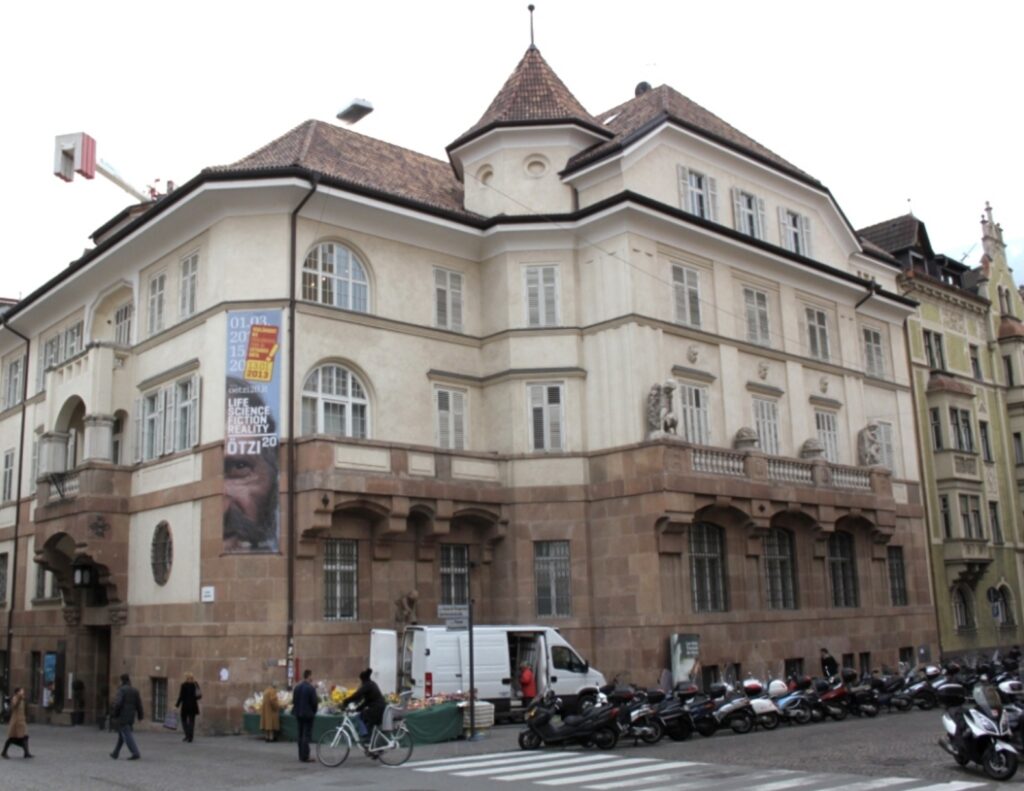
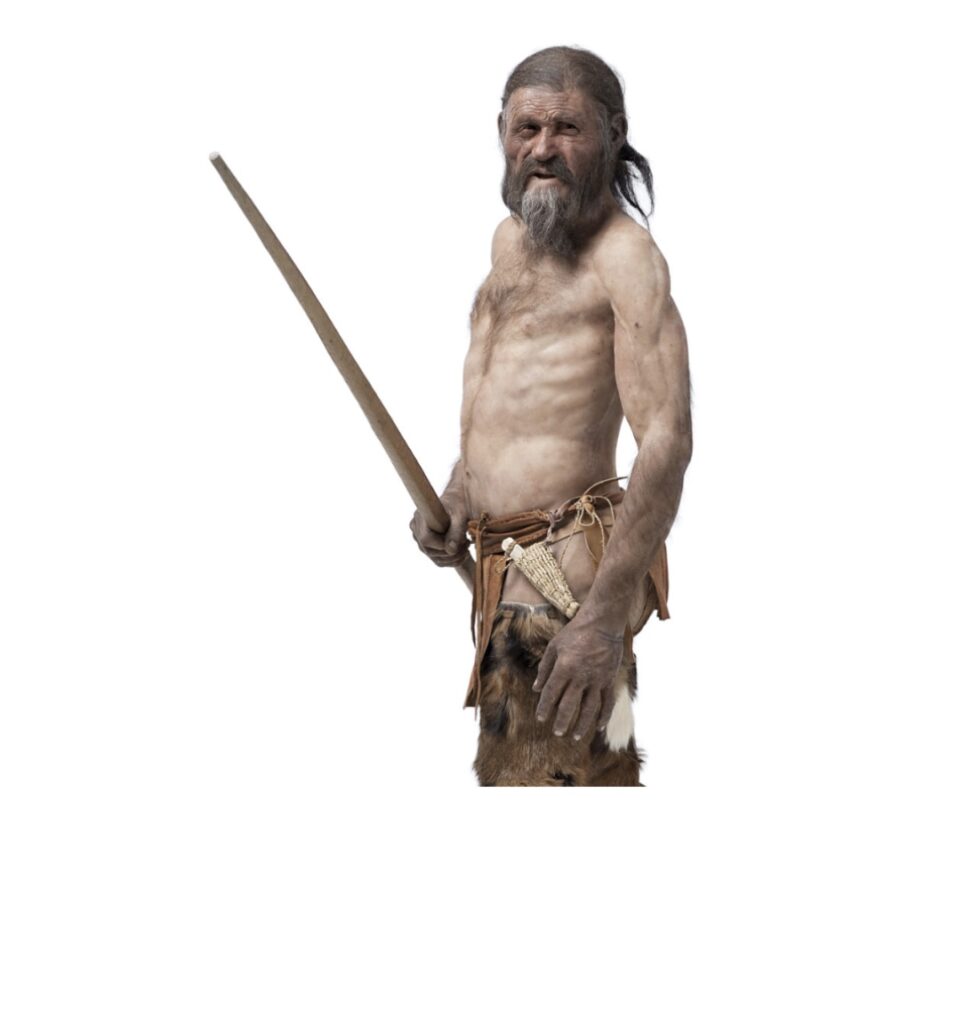
A one-day itinerary in Bolzano offers a rich mix of historical sites, natural beauty, and local culinary delights. Here’s a suggested itinerary to make the most of your visit:
Morning
8:00 AM – Breakfast at a Local Café
Start your day with a hearty breakfast at a local café. Try some traditional South Tyrolean pastries like “krapfen” (doughnuts filled with jam) and enjoy a good Italian coffee.
9:00 AM – Visit Bolzano Cathedral (Duomo di Bolzano)
Head to Bolzano Cathedral to marvel at its stunning Gothic architecture and intricate frescoes.
10:00 AM – South Tyrol Museum of Archaeology
Spend the morning exploring the South Tyrol Museum of Archaeology to see the famous Ötzi the Iceman and learn about his fascinating story.
Late Morning
11:30 AM – Stroll through Walther Square (Piazza Walther)
Walk around Walther Square, the bustling heart of Bolzano, where you can enjoy the vibrant atmosphere and beautiful surroundings.
12:00 PM – Visit the Franciscan Monastery and Church (Chiesa dei Francescani)
Take a short walk to the nearby Franciscan Monastery and Church to see its peaceful cloister and impressive frescoes.
Lunch
1:00 PM – Lunch at a Traditional Restaurant
Enjoy a traditional South Tyrolean lunch at a local restaurant. Consider trying:
- Speck platter: An assortment of local smoked hams and cheeses.
- Schlutzkrapfen: Tyrolean-style ravioli filled with spinach and ricotta, served with brown butter and Parmesan.
- Knödel: Bread dumplings, often served with a hearty meat stew.
Afternoon
2:30 PM – Visit Runkelstein Castle (Schloss Runkelstein)
Take a short bus ride or drive to Runkelstein Castle, known for its medieval frescoes. Enjoy the panoramic views of Bolzano and the surrounding mountains.
4:00 PM – Talferwiesen (Prati del Talvera) Park
Relax with a leisurely walk through Talferwiesen Park, a beautiful green space along the Talvera River. It’s a perfect spot for unwinding and enjoying the natural beauty.
Late Afternoon
5:00 PM – Renon Cable Car (Funivia del Renon)
Take the Renon Cable Car for breathtaking views of Bolzano and the Dolomites. At the top, you can enjoy a short walk around the Renon plateau.
Evening
6:30 PM – Aperitivo in the City Center
Return to the city center and enjoy an aperitivo (pre-dinner drink) at a local bar. Try a glass of Lagrein or Gewürztraminer, two renowned local wines, paired with small bites like bruschetta or olives.
7:30 PM – Dinner at a Local Restaurant
End your day with a delicious dinner at a traditional South Tyrolean restaurant. Recommended dishes include:
- Canederli: Large bread dumplings served in broth or with melted butter.
- Goulash: A hearty meat stew, often served with polenta or dumplings.
- Apple strudel: A classic dessert made with thin pastry and filled with spiced apples.
Night
9:00 PM – Evening Stroll and Gelato
Enjoy a leisurely evening stroll through the illuminated streets of Bolzano. Stop by a gelateria for some authentic Italian gelato to end your day on a sweet note.
This itinerary provides a balanced mix of cultural exploration, scenic views, and culinary experiences, allowing you to fully appreciate the unique charm of Bolzano in just one day.
